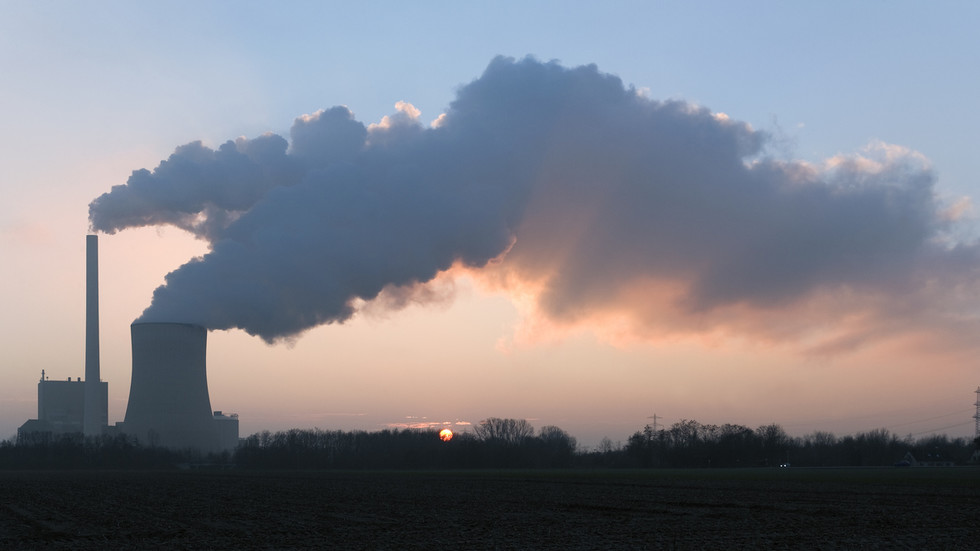
Aging nuclear power stations have weakened the country’s electricity output

© Getty Images / RelaxFoto.de
France may have to keep its last two coal-fired power plants on standby this winter to guarantee security of electricity supply, its national grid operator RTE announced on Tuesday.
According to RTE’s outlook of upcoming power needs, the country is heading into this winter in a “much” better situation than a year ago. However, growing demand during the country’s long-term energy transition will pressure supply, it warned, adding that in case of a shortage in nuclear-power production or of a lack of renewables, coal plants may have to be on hand.
“We’ll need solutions to meet longer imbalances in 2030, given Europe’s decarbonization goals,” said Thomas Veyrenc, RTE’s executive director in charge of strategy. Adding more “flexibilities” such as battery storage and tools to shift demand away from peak hours should be a priority, he stressed.
France generates roughly 70% of its electricity from a stable of 56 nuclear reactors, all operated by state-owned utility EDF. Most of them have faced recurring corrosion issues and were either shut down or are undergoing maintenance, causing a sharp drop in power generation. The country used to be a net power exporter and is now expected to rely heavily on electricity imports from neighboring states to meet winter demand.
READ MORE: France to burn more coal this winter – Bloomberg
Last month, the French government extended permission for power generating companies to burn more coal in order to prevent shortages this winter. At the same time, authorities have tightened requirements for the operation of the plants. Electricity producers will only be allowed to operate for up to 1,800 hours in the coming winter, or about 11 weeks, down from 2,500 hours last winter, the French Ecological Transition Ministry has said.
The remaining two coal-fired plants reportedly accounted for just 0.6% of the country’s power output last year. According to Veyrenc, the facilities could ultimately be converted to process biomass or be replaced by smaller units running on biofuels or green hydrogen.
For more stories on economy & finance visit RT’s business section




